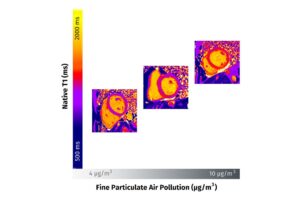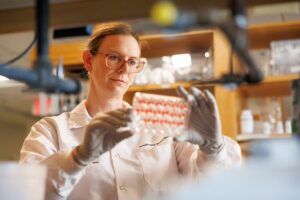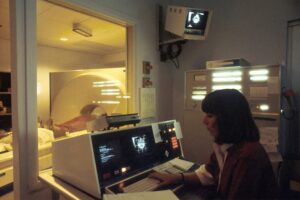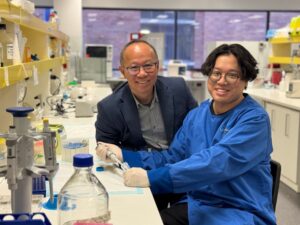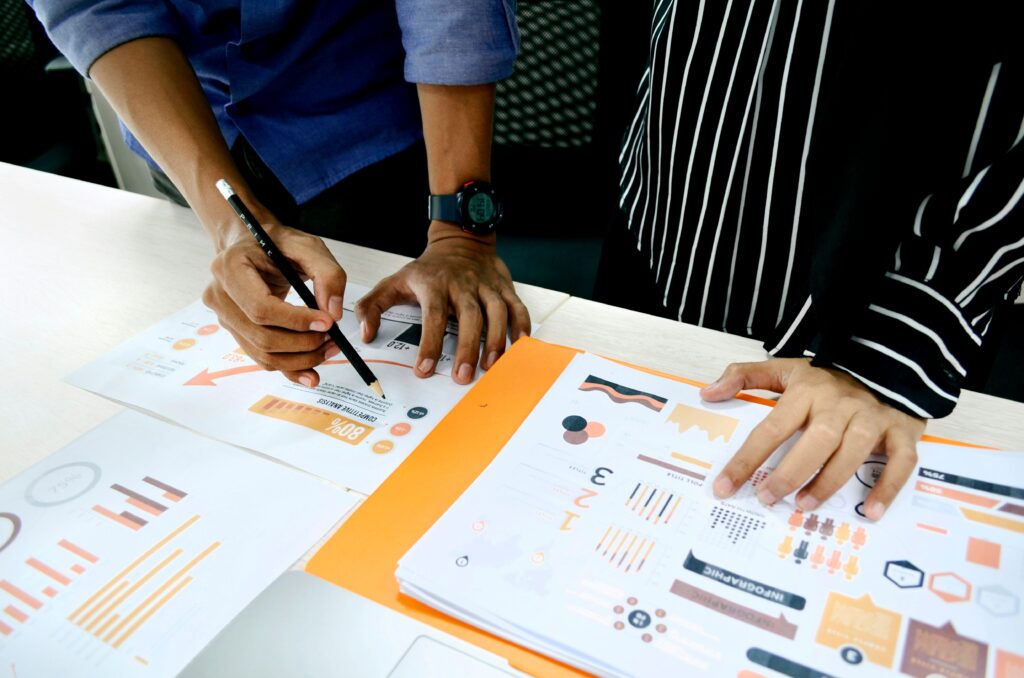
Sarcopenia, a progressive decline in muscle mass and strength, affects up to 50% of individuals aged 80 and older, leading to disability and increased mortality. Despite its prevalence, there is currently no clinical treatment for sarcopenia beyond lifestyle changes. Now, a groundbreaking study conducted in space may offer new insights into this age-related condition.
Space flight, with its absence of gravity, causes muscle weakness similar to sarcopenia within a short period. This phenomenon provides researchers with a unique opportunity to study muscle atrophy in a condensed timeframe, potentially unlocking new understanding of the condition that typically takes decades to manifest on Earth.
Microgravity as a Model for Muscle Aging
In an innovative experiment, researchers Siobhan Malany and Maddalena Parafati from the University of Florida engineered skeletal muscle microtissues from donor biopsies and sent them to the International Space Station (ISS) aboard SpaceX CRS-25. Their findings, published in Stem Cell Reports, reveal significant insights into muscle aging.
The study utilized microtissues from both young, active donors and older, sedentary donors, cultured in an automated mini lab equipped to simulate exercise through electrical stimulation. On Earth, the contraction strength of young microtissues was nearly double that of older ones. However, after just two weeks in space, the strength of young tissues declined to levels comparable to the older tissues.
“Using electrical pulses to trigger real-time muscle contractions in space, we can simulate exercise and observe how it helps protect against rapid muscle weakening in microgravity,” said Siobhan Malany.
Implications for Space Travel and Earthly Aging
This study highlights how microgravity can accelerate muscle aging, offering a model to study sarcopenia more efficiently. The decrease in muscle protein content and changes in gene expression, particularly in younger tissues, suggest potential pathways for intervention.
Electrical stimulation was shown to mitigate some of these changes, providing a promising avenue for preserving muscle health during long-duration space missions. This technology could also inform strategies to combat age-related muscle loss on Earth.
Expert Opinions and Future Directions
Experts believe that this research could pave the way for new treatments for sarcopenia. Dr. John Doe, a geriatric specialist, commented, “The ability to model muscle aging in space opens up exciting possibilities for understanding and treating sarcopenia. This could lead to breakthroughs in how we approach muscle preservation in the elderly.”
Further studies are planned to explore the underlying mechanisms of muscle decline in microgravity and to test potential interventions. The research team hopes to develop strategies that could be applied both in space and on Earth to maintain muscle health.
About Stem Cell Reports
Stem Cell Reports is the open access, peer-reviewed journal of the International Society for Stem Cell Research (ISSCR), focusing on original research with significant advances in stem cell biology. The journal aims to communicate discoveries that are of broad interest to both stem cell biologists and clinicians.
This study represents a significant step forward in understanding sarcopenia and the potential for space-based research to contribute to medical advancements on Earth. As researchers continue to explore the effects of microgravity on the human body, the implications for both space exploration and healthcare are profound.

